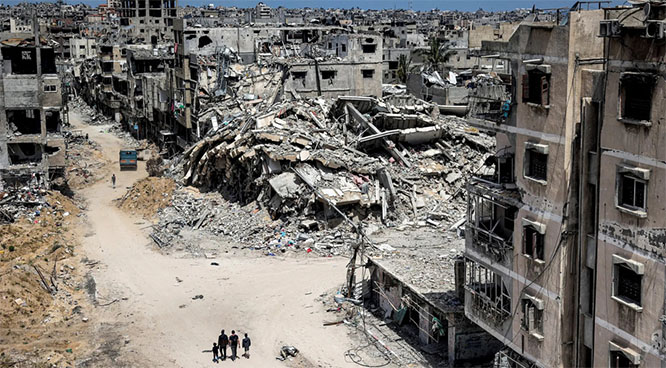Geneva, May 31: Fewer people are smoking worldwide, especially women, but only one country in eight is on track to meet a target of reducing tobacco use significantly by 2025, the World Health Organization (WHO) said on Thursday.
Three million people die prematurely each year due to tobacco use that causes cardiovascular diseases such as heart attacks and stroke, the world's leading killers, it said, marking World No Tobacco Day. They include 890,000 deaths through second-hand smoke exposure.
The WHO clinched a landmark treaty in 2005, now ratified by 180 countries, that calls for a ban on tobacco advertising and sponsorship, and taxes to discourage use.
"The worldwide prevalence of tobacco smoking has decreased from 27 percent in 2000 to 20 percent in 2016, so progress has been made," Douglas Bettcher, director of the WHO's prevention of noncommunicable diseases department, told a news briefing.
Launching the WHO's global report on trends in the prevalence of tobacco smoking, he said that industrialised countries are making faster progress than developing countries.
"One of the major factors impeding low- and middle-income countries certainly is countries face resistance by a tobacco industry who wishes to replace clients who die by freely marketing their products and keeping prices affordable for young people," he added.
Progress in kicking the habit is uneven, with the Americas the only region set to meet the target of a 30 percent reduction in tobacco use by 2025 compared to 2010, for both men and women, the WHO said.
However, the United States is currently not on track, bogged down by litigation over warnings on cigarette packaging and lags in taxation, said Vinayak Prasad of the WHO's tobacco control unit.
Parts of Western Europe have reached a "standstill", particularly due to a failure to get women to stop smoking, African men are lagging, and tobacco use in the Middle East is actually set to increase, the WHO said.
Overall, tobacco kills more than 7 million a year and many people know that it increases the risk of cancer, the WHO said.
But many tobacco users in China and India are unaware of their increased risk of developing heart disease and stroke, making it urgent to step up awareness campaigns, it said.
"The percentage of adults who do not believe smoking causes stroke are for example in China as high as 73 percent, for heart attacks 61 percent of adults in China are not aware that smoking increases the risk," Bettcher said. "We aim to close this gap."
China and India have the highest numbers of smokers worldwide, accounting for 307 million and 106 million, respectively, of the world's 1.1 billion adult smokers, followed by Indonesia with 74 million, WHO figures show. India also has 200 million of the world's 367 million smokeless tobacco users.







Comments
Add new comment